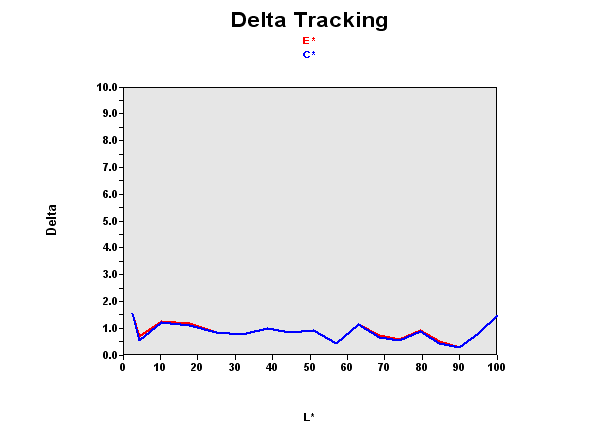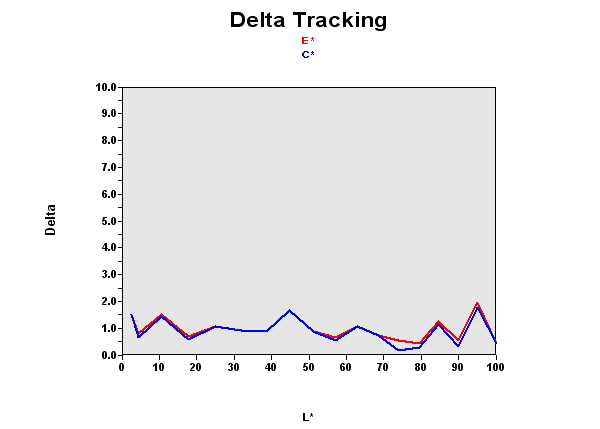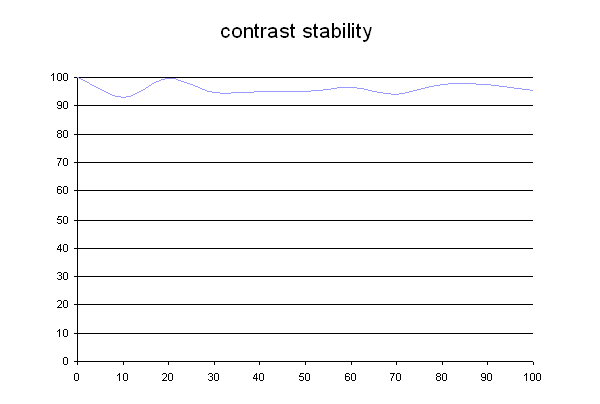The DoubleSight DS1700 Gives Your PC Double Vision
Color Quality
We subjected the DS1700 panels to our calibration test, and the results were quite good.

As we've seen before, this graph shows the difference between the desired color shade and the one actually displayed.
- If DeltaE >3, then the color displayed is significantly different from the one called for, meaning that the user will be able to perceive the difference.
- If DeltaE <2, LaCie considers the calibration successful, with a slight difference remaining, yet all but undetectable by the user.
- If DeltaE <1, the color fidelity is excellent.
In this case, the colors all show a DeltaE <2. So, there is a difference between the requested and displayed tone, but it's unlikely to be noticeable. This was the result we had for the consumer color space: 6500 K and a gamma of 2.2. But as this is a professional screen, you might be interested in other color spaces, so we also tested it at a color temperature of 7500 K.

The results are a little worse but still acceptable.
Unfortunately, the screen doesn't feature 5500 K color temperature. This is probably a deal-breaker for photographers, as that value corresponds to the daylight white balance standard. This is actually a fairly significant limitation for a professionally-oriented display. I would have preferred to see lower K values available.
| Black spot | White spot | Contrast |
|---|---|---|
| 0.7 | 270 | 385: 1 |
Contrast is rather good on this device, but the white spot at optimal calibration point is too high. Same is true for the black level: way too high in our opinion. On the one hand, this might be a good solution to getting clear images if you have a lot of light in your office. On the other hand, working day long under these conditions might be considered by some to be "retinal suicide." We strongly suggest a luminosity of 150 to 180 cd/m2 maximum under normal light.

This curve indicates the contrast value measured at a given brightness adjustment set via the OSD. In theory, brightness and contrast are independent parameters, and good contrast stability is required regardless of the brightness adjustment. Unfortunately that isn't always the case in practice.
Stay on the Cutting Edge
Join the experts who read Tom's Hardware for the inside track on enthusiast PC tech news — and have for over 25 years. We'll send breaking news and in-depth reviews of CPUs, GPUs, AI, maker hardware and more straight to your inbox.
Our test showed the contrast of the DS1700 to be very stable across the luminosity settings, which makes the screen easier to adjust to ambient lighting conditions.
Most Popular

